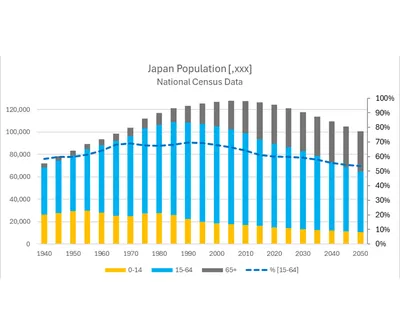Healthcare and technology are converging to transform the future of healthcare. Telemedicine revolutionises remote care with fast, patient-centric solutions, while the pharmaceutical industry improves access, efficiency and sustainability. The Kestria Healthcare & Life Sciences Practice Group brings together experts to explore this evolution.
Key takeaways:
- The Intersection of Healthcare and Technology: Telemedicine, personalised medicine and digital health are transforming access, outcomes and efficiency.
- The Role of Technology in Addressing Healthcare Challenges: AI, wearables and remote monitoring combat workforce shortages, costs and access gaps.
- Equity and Accessibility: Equitable access to digital health tech is key to overcoming the digital divide.
Telemedicine: Revolutionising remote healthcare in a digital age
Technology’s role in reshaping healthcare
Naomi Goldapple, SVP of Data and Intelligence at Alayacare in Canada, focuses on software solutions for the Home Care industry, a historically overlooked but increasingly vital sector as populations age. Canada’s universal healthcare system operates through 13 decentralized systems under Medicare. While designed for equitable service, it faces significant strain, driving demand for private options to address unmet needs.
‚Addressing the question of how technology is reshaping Healthcare, my focus is on the aging population. By 2026, the youngest Baby Boomers will reach 80, leading to a significant increase in the elderly demographic. Many individuals prefer to age with dignity in their own homes, but the workforce available to support them like home care workers, nurses and other caregivers, is insufficient, creating substantial strain on the industry,‘ says Naomi Goldapple.
Technology optimises resources with generative AI and LLMs acting as AI scribes, reducing admin tasks, boosting efficiency and increasing daily visits. Machine learning analyses health data, aiding in tracking high-risk patients and improving resource allocation. Remote monitoring tools like sensors and wearables enable real-time tracking and 24/7 care, addressing healthcare worker shortages.
Kate O’Reilly, is a PhD-qualified pharmacist working in Health and Life Sciences Consulting at EY. She has a diverse background with experience working across various clinical settings, regulatory, academia and the pharmaceutical industry. Like Canada, Ireland’s healthcare system faces resourcing and workforce challenges. Sláintecare, the national strategy for reforming Ireland's health and social care system outlines a ten-year vision with the overarching aim to ensure that the right care is provided in the right place and at the right time. Integral to this vision is the role for digital health solutions in expanding the capacity to deliver integrated care closer to home.
Naomi highlighted how technology, particularly AI, data and clinical decision support, is reshaping healthcare,’ says Kate O’Reilly who agrees that innovative technologies such as RPM can improve accuracy and speed of diagnoses; facilitate continuous data collection to provide a holistic view of health; and improve patient experiences. They are also demonstrating quantitative reductions in healthcare costs and admissions and enabling an all-important shift towards more preventative and equitable care, as evidenced by solutions such as the AI-enabled WhatsApp solution for cervical cancer screening and appointment scheduling, that was piloted by the NHS earlier this year.
Drivers of Telemedicine’s paradigm shift
Atantra Dasgupta, Southeast Asia Business Head of the Healthcare and Medical Equipment Division at Samsung, India, leads the imaging equipment business. He emphasises that no equipment operates in isolation today, with connectivity enabling seamless system integration. Similarly, healthcare systems are evolving to integrate. Devices like Fitbits, smartphones and smartwatches are becoming part of this ecosystem, with advancements like telemedicine driving a paradigm shift in healthcare.
‚Today, healthcare largely relies on an event-based model, treating issues after they arise, but technology is shifting it to a patient-focused model, easing the burden on secondary and tertiary systems,’ adds Atantra Dasgupta. ‚In India, only 6-7% of the health budget goes to primary care, while 57% is spent on secondary and tertiary care, much of it addressing crises like COVID-19, exposing infrastructure gaps. High costs challenge the advantage of a large workforce. The key question is whether this workforce is effectively utilised, as health is wealth. A digital India can create a healthier India, just as a digital world fosters a healthier world.’





